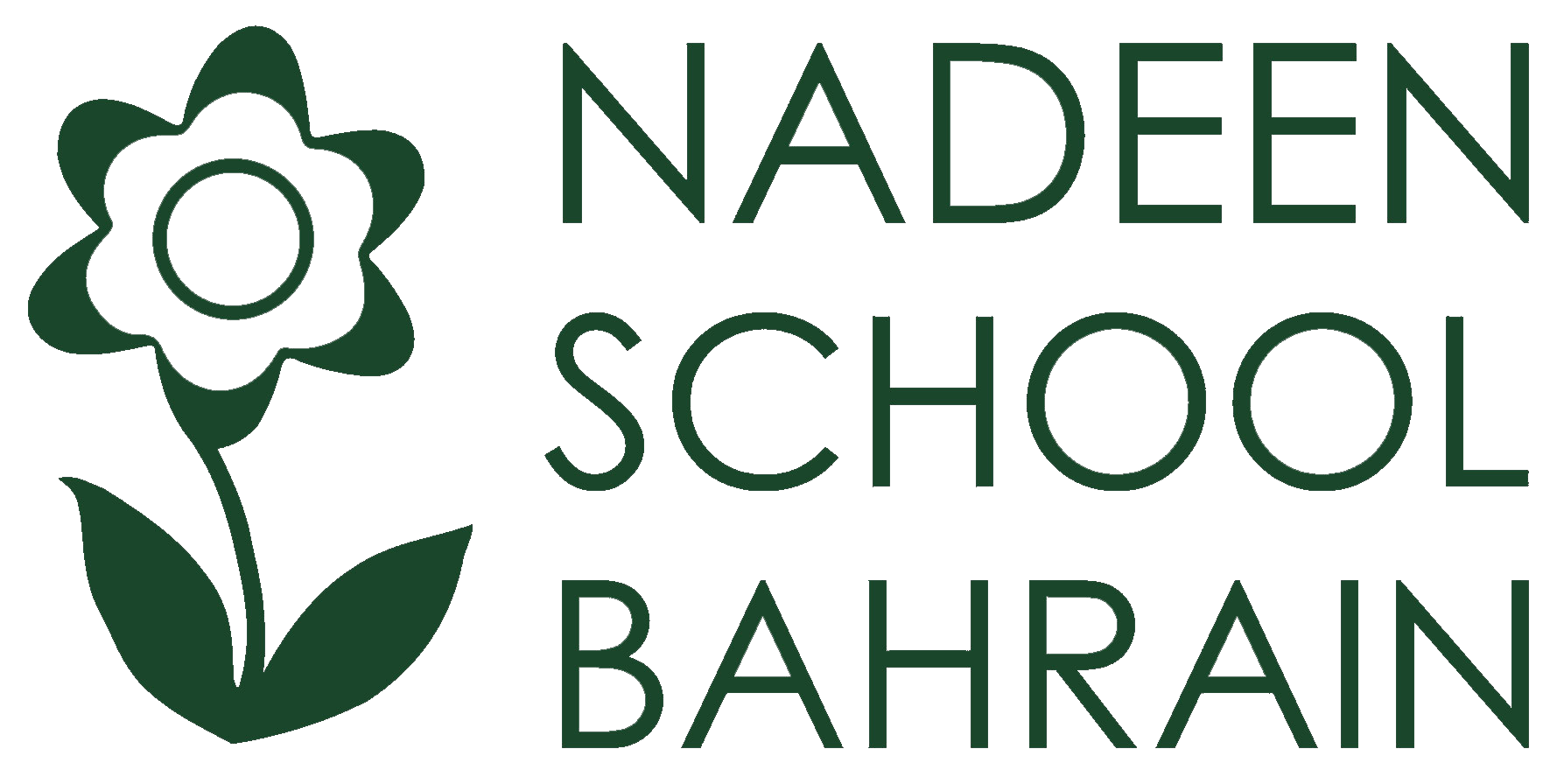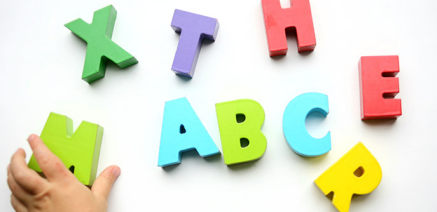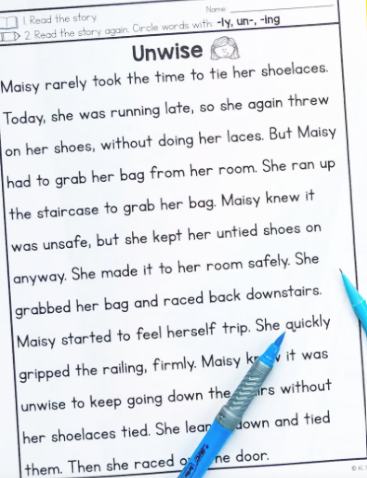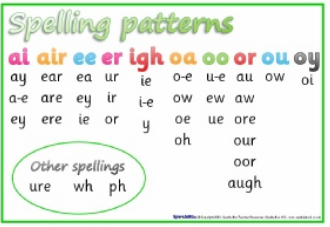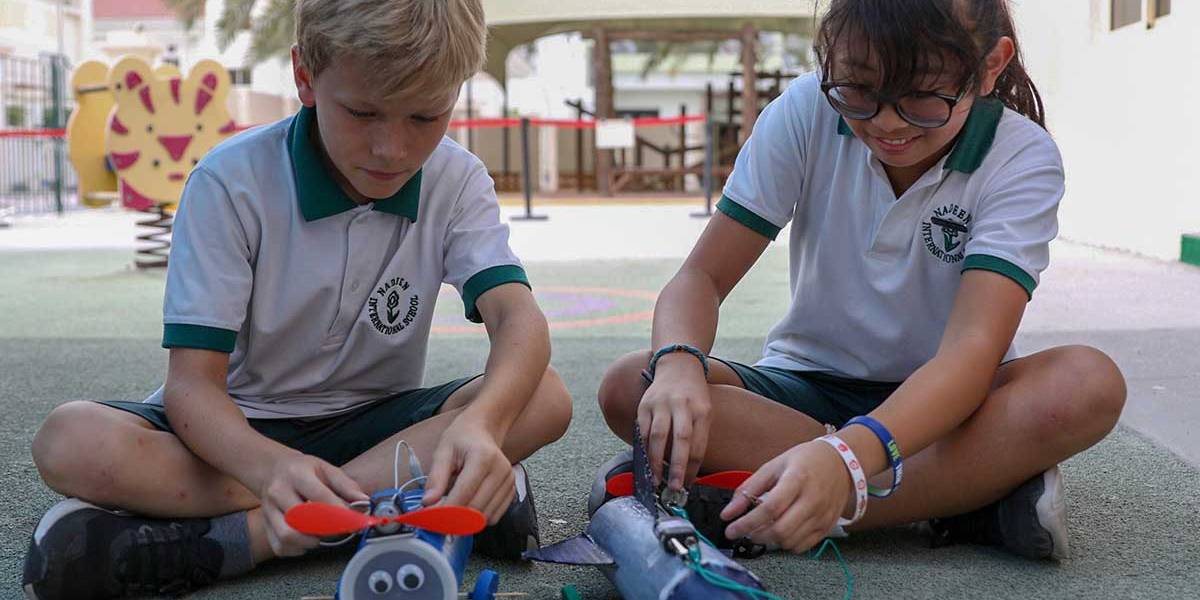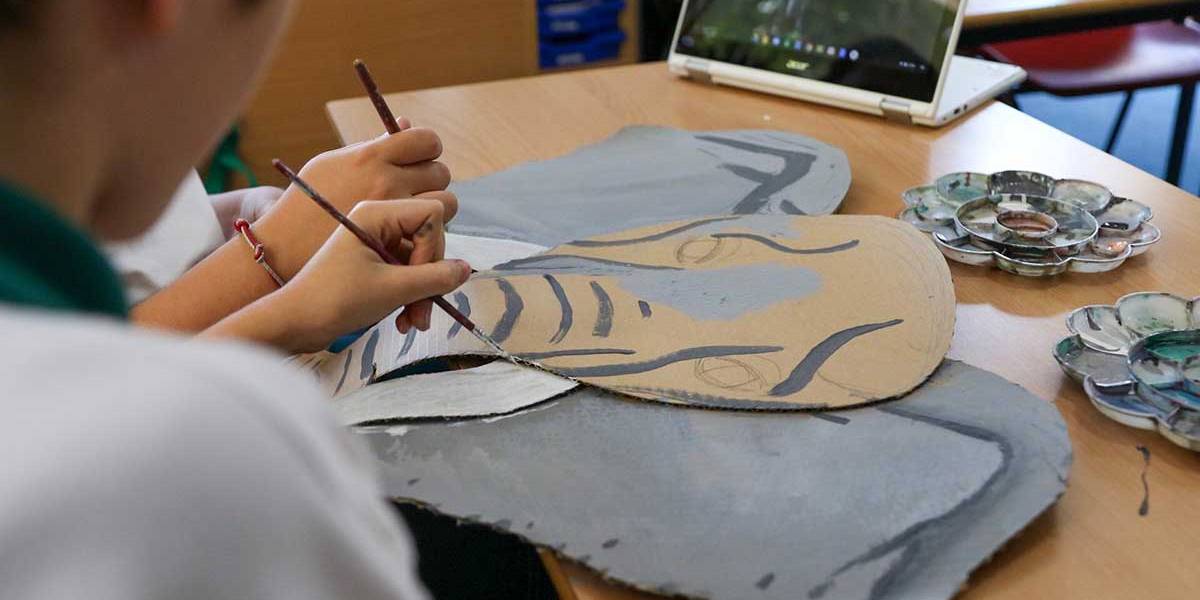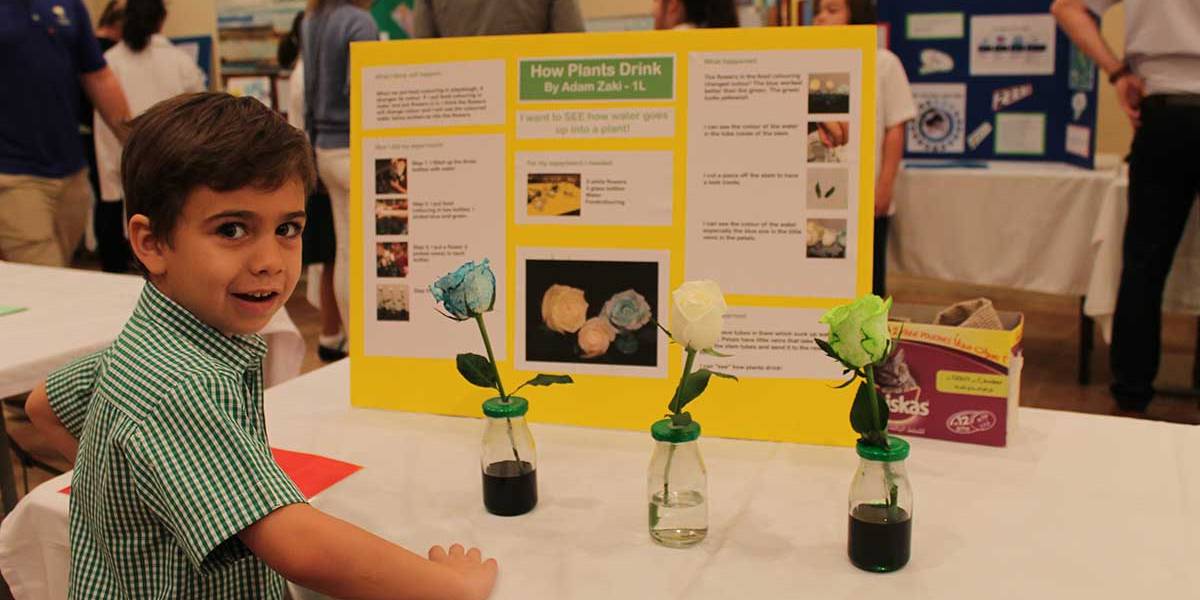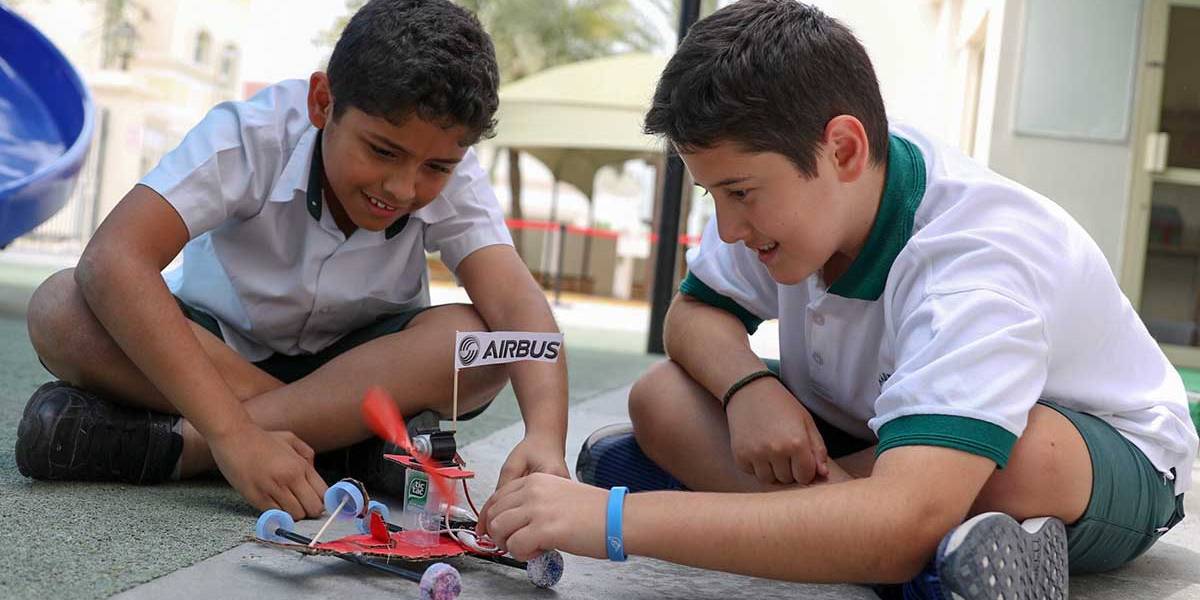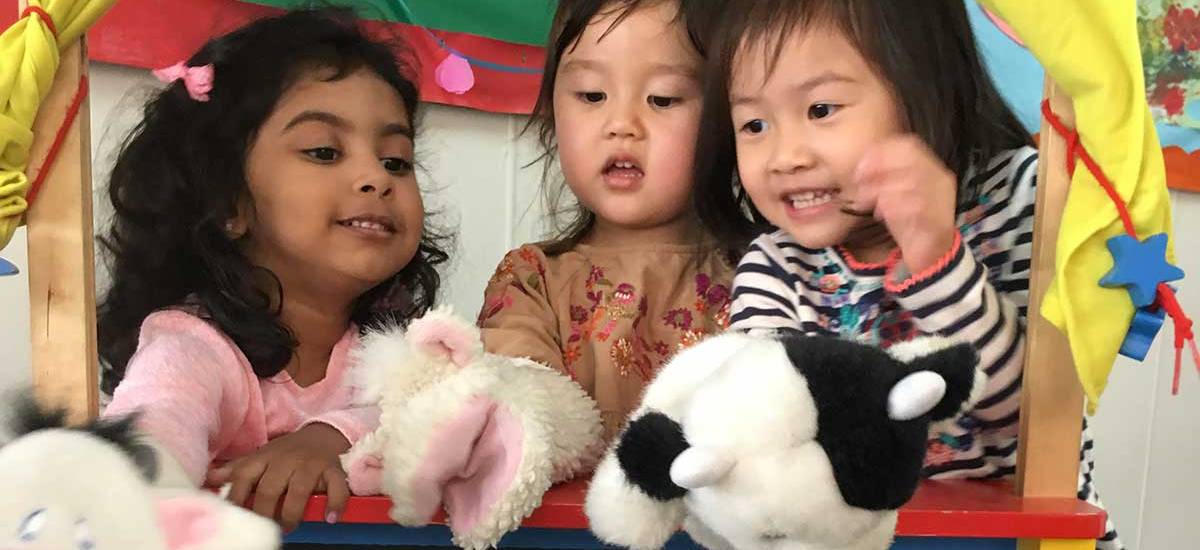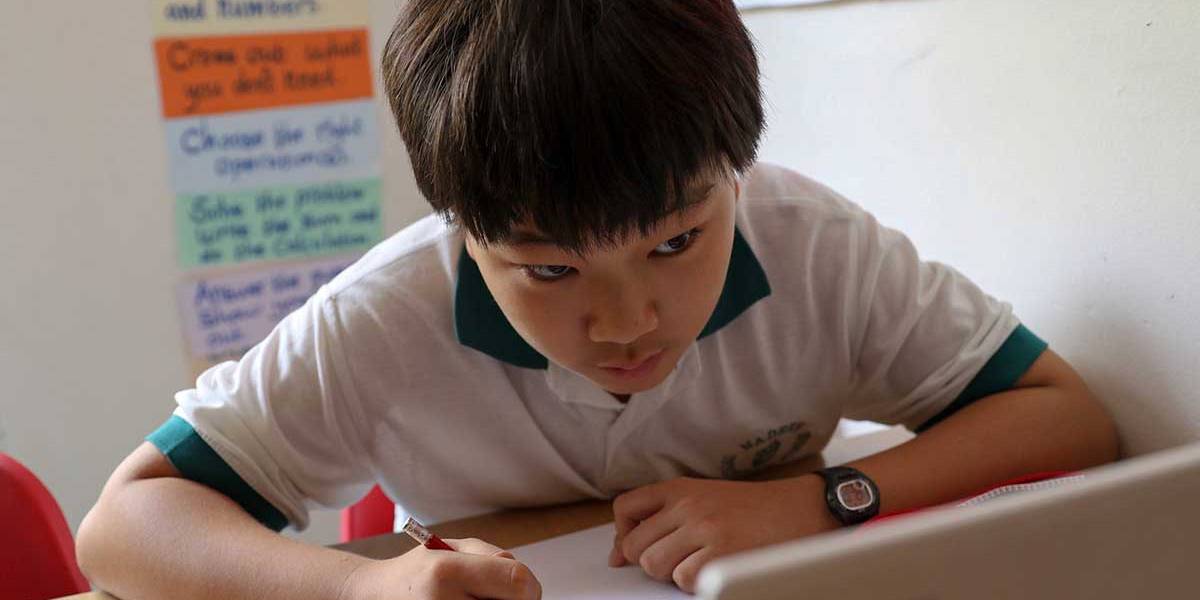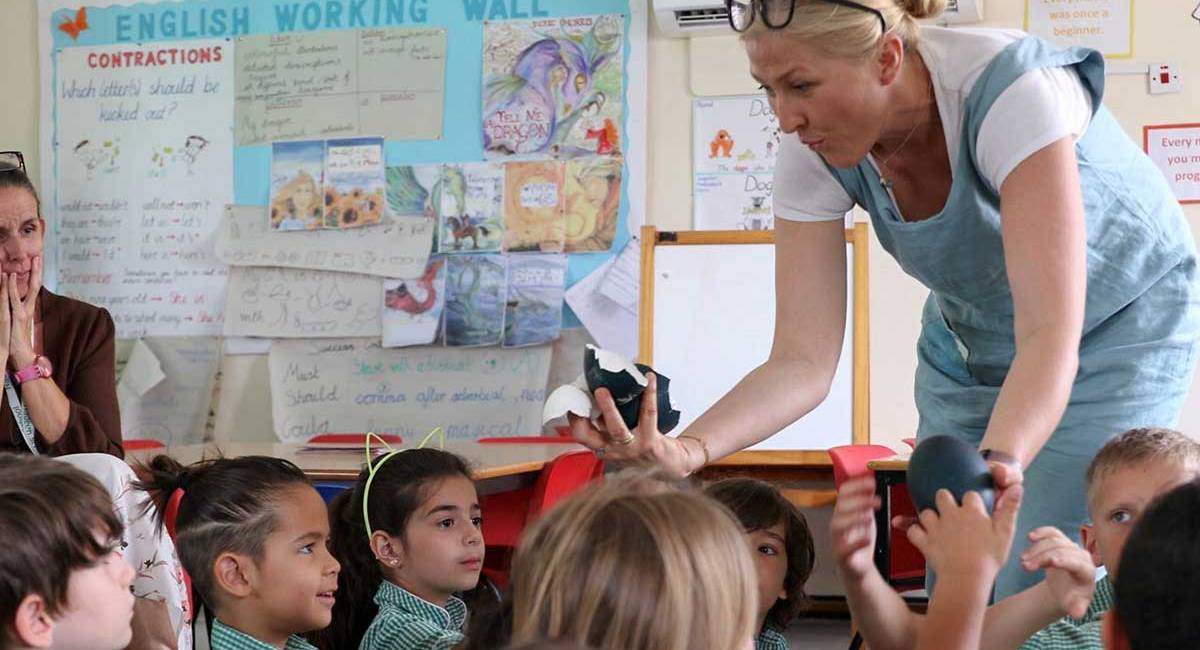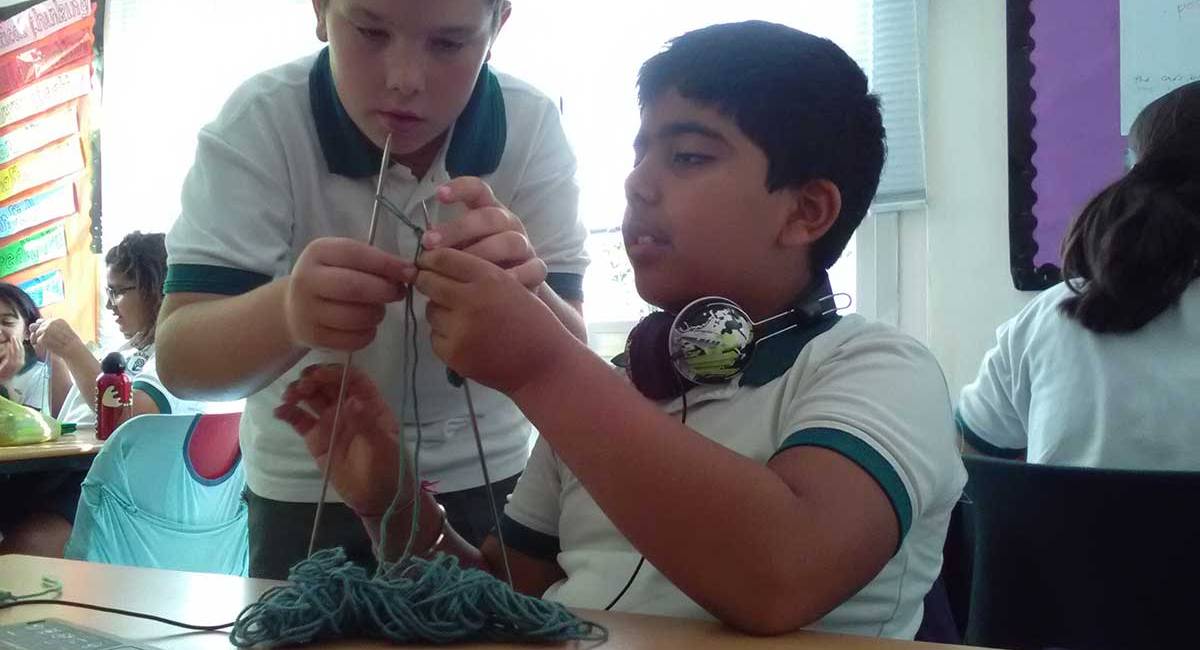Phonics at home from EYFS to Upper School by Hala Kahlal and Jennifer Browne
What is phonics and why is it important in literacy development?
Phonics instruction focuses on letter-sound correspondences and their role in spelling and reading. Understanding phonics and having a phonological awareness play a role in the early stages of reading acquisition. At this stage, students begin to ’crack codes’ and learn to match the spoken word with the written word.
The learning-to-read process is essentially broken down into five elements:
- Phonics and phonological awareness,
- Vocabulary,
- Fluency, and
- Comprehension
Terminology used in phonics
As parents, it’s important to make sure that we understand the key terms in phonics so that we can carry on the good work children have done at school at home!
1) Blend: this is when you say the individual sounds that make up a word and then merge or blend them together to say the word as used when reading. For example: t/r/a/p: trap.
2) Segment: it’s the opposite of blending as it means splitting a word up into individual sounds when spelling and writing.
3) Consonant: most letters of the alphabet are consonants, except for the vowels: a,e,i,o,u.
4) Vowel: the letters a, e, i, o, u.
4) CVC Words: words that are made up of a Consonant-Vowel-Consonant. Some examples of CVC words are: cat, pen, top, chat (because ch makes one sound).
Other similar abbreviations include:
- VC (Vowel-Consonant) words e.g. on, is, it.
- CCVC (Consonant-Consonant-Vowel-Consonant) words e.g. trap and black.
- CVCC (Consonant-Vowel-Consonant-Consonant) words e.g. milk and fast.
5) Digraph: two letters which together make one sound e.g. ee, oa, ea, ch, ay.
6) Trigraph: three letters go together to make one sound e.g. ear, air, igh, dge, tch.
There are different types of digraph:
- Vowel digraph: a digraph in which at least one of the letters is a vowel: boat or day.
- Consonant digraph: two consonants which can go together: shop or thin.
- Split digraph: two letters, which work as a pair to make one sound, but are separated within the word e.g. a-e, e-e, i-e, o-e, u-e. For example cake, pine, cube.
7) Grapheme: it’s the written form of a single sound (phoneme) e.g. a, l, sh, air, ck.
8) Phoneme: it’s a single sound that can be made by one or more letters, e.g. s, k, z, oo, ph, igh.
9) Tricky Words: they’re the words that are difficult to sound out e.g. said, the, because which don’t follow phonics rules.
10) Syllable: A part of a word that contains a single vowel sound, and is pronounced as a unit. E.g. basket (bas/ket) two syllables, magical (ma/gi/cal) three syllables.
Teaching phonics in EYFS & KS1
Phonics begins with Phase 1 of ‘Letters and Sounds’ and concentrates on developing children’s speaking and listening skills and lays the foundations for the phonic work which starts in Phase 2. The emphasis during Phase 1 is to get children attuned to the sounds around them and ready to begin developing oral blending and segmenting skills.
In Phase 2, letters and sounds are introduced one at a time. A set of letters is taught each week.
By Phase 3 children should be able to blend and segment.
By Phase 4, children will be able to represent each of the 42 phonemes with a grapheme. They will blend phonemes to read CVC words and segment CVC words for spelling. They will also be able to read two-syllable words that are simple, be able to read all the tricky words learnt so far and will be able to spell some of them. This phase consolidates all the children have learnt in the previous phases.
By Phase 5 children will be taught new graphemes and alternative pronunciations for these graphemes, as well as graphemes they already know. They will begin to learn to choose the appropriate grapheme when spelling.
In Phase 6, the focus is on learning spelling rules for word endings (these are known as suffixes). The children will learn how words change when you add certain letters.
How to apply phonics at home
Introduce: children need to know what they are learning. Practice with flashcards using single sounds. As children gain confidence and progress through the phases (1-6) they will automatically begin to blend and segment.
Review: recap previous sounds learned before moving onto the next sound.
Teach: new sound/letter, blend/segment, practice.
Practise: practice reading/spelling words with the new sound.
Apply: read or write a caption.
As with any new learning, children become confident much more quickly when given opportunities to apply what they learn as soon as possible and in as many varied, creative and fun ways as possible. Therefore, parents need to look closely at whatever phonics they are teaching in a given week and ensure that children have the opportunity to use their blending/segmenting skills. This can simply be done by reading signposts on the roads and supermarkets, labels on products and so on…
How else can I teach phonics at home?
Encourage your child to tell you what they have learnt at school that day. Children in EYFS and Year 1 learn songs and actions to go with them. If your child is reluctant to share their day with you, ask their teacher. Nursery rhymes are a fun way to learn, match and practice words that rhyme. Interactive phonics games and YouTube have wonderful resources for you to sit with your child and explore.
Create an area where your child can practice frequently. You can build a sound wall, focusing on the phases they are working on. Ensure there are posters, captions, and labels for your child to read and also ensure that there are pencils, pens, cards, paper, and post-it notes so they can copy the words as part of their play and also write labels, captions and messages of their own. Younger children can practice letter shapes in flour and sand. They can also use play dough to form letter shapes.
Finally, reading with your child at home is one of the greatest gifts you can give them. As a parent, try to make reading as fun as possible. Don’t forget to let them also see you read a book. Read different genres with your child such as newspapers, magazines, recipes, and even texts and emails. Talk about what they are reading. Talk before you start. Talk whilst you read. Ask questions! You can still talk about what your child is reading even if they don’t want to read with you anymore.
Remember to keep learning fun, engaging and exciting. This way you will receive the best results and both you and your child will enjoy your reading journey together!
Progression through to KS2 and beyond
As children make their way through primary school, phonics instruction in the upper years become progressively more complex. Students no longer learn vowel sounds and CVC words. Rather, students move on to more subtle and complex ideas such as r-controlled vowels, vowel and consonant clusters and tricky silent letters.
Review of phonics at this level still holds great value because it:
- helps build readers’ confidence through fluency
- helps readers practice decoding words
- helps readers understand that changing part of a word can change its meaning
- helps expand vocabulary (think: prefixes and suffixes)
How to practice phonics with older children
- Reading aloud texts appropriate to their reading level. Such texts can focus on a range of phonics and alternative spellings such as digraphs, silent letters, double consonants, soft and hard c and g, suffixes and prefixes and so on…
- Pausing frequently during reading to allow time for discussion and reflection. For instance, read a section of a nonfiction text, and pause to ask:
- What is the main idea of this section? How do you know?
- How can you summarise this section in 2-3 sentences?
- What words/phrases did the author use repeatedly?
- How can you explain ….. by only looking at the diagram?
- Practicing the different strategies to tackle unfamiliar words. For instance:
- Reread the sentence and/or read on to understand the context.
- Use the picture/diagram clues.
- Break down the word into syllables (magical: ma/gi/cal) or into smaller words (homemade: home/made).
- Teaching alternative spellings (also known as sound families). This is also specifically helpful in recognising the different spelling rules and patterns.
- Making reading a daily habit, and ensuring that children are exposed to a range of different texts and genres.
Useful resources
- Letters and Sounds is a complete program that breaks down the teaching of phonics into phases, and provides a wealth of resources appropriate to each phase.
- PhonicsPlay and PhonicsBloom are play-based sites that reinforce phonics and tricky words of each phase through a range of games.
- Mr Thorne Does Phonics is a YouTube channel run by an England-based teacher, it encompasses a wide range of phonics videos.
- OxfordOwl provides a wide range of e-books appropriate to reading levels. Each class has its own login details.
- DifferentiatedTeaching provides a wide range of question stems to support reading comprehension of both fiction and nonfiction texts.
References
Anon, (n.d.). Letters and Sounds – Free phonics resources for the Letters and Sounds programme. [online] Available at: https://letters-and-sounds.com/.
ASCD. (n.d.). Phonics Instruction for Older Students? Just Say No. [online] Available at: https://www.ascd.org/el/articles/phonics-instruction-for-older-students-just-say-no.
Claahsen, A. (2022). Phonics in Upper Elementary – Literacy with Aylin Claahsen %. [online] Literacy with Aylin Claahsen. Available at: https://aylinclaahsen.com/2022/08/phonics-in-upper-elementary.html [Accessed 14 Feb. 2023].
